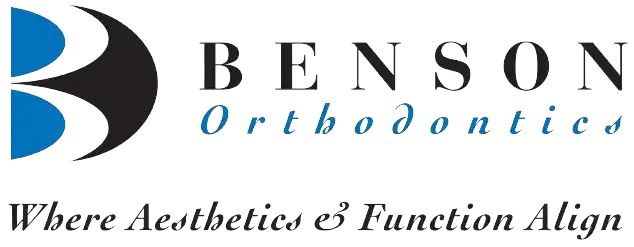The Question
When is the most suitable time to begin orthodontic treatment? This question frequently arises among concerned parents, who inevitably notice their children's peers sporting orthodontic appliances.
The Answer
All orthodontists are extensively trained to effectively address dental issues in individuals across various age groups, encompassing children, teenagers, and adults. The primary objective of orthodontic therapy is to successfully conclude treatment for each patient with a complete set of permanent teeth, which generally occurs between the ages of 12 and 14. When braces are placed on a child aged 7 or 8, two scenarios may arise - either the patient will have braces for an extended period, or they will need to be removed and reinstalled at a later stage.
While there are diverse perspectives regarding the ideal timing to initiate treatment, current research within the orthodontic literature has been progressively revealing clearer insights. Whether opting for early intervention in two distinct phases or following a more conventional approach during early adolescence as one phase, the ultimate outcome remains unchanged. By incorporating this knowledge alongside advancements in wire and appliance technology, it is typically recommended to delay treatment until most, if not all, permanent teeth have erupted for the majority of patients.

